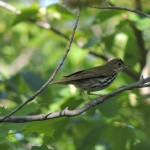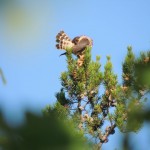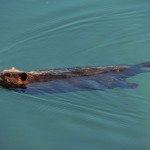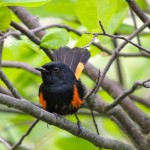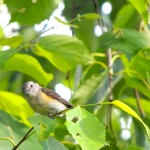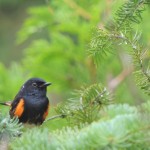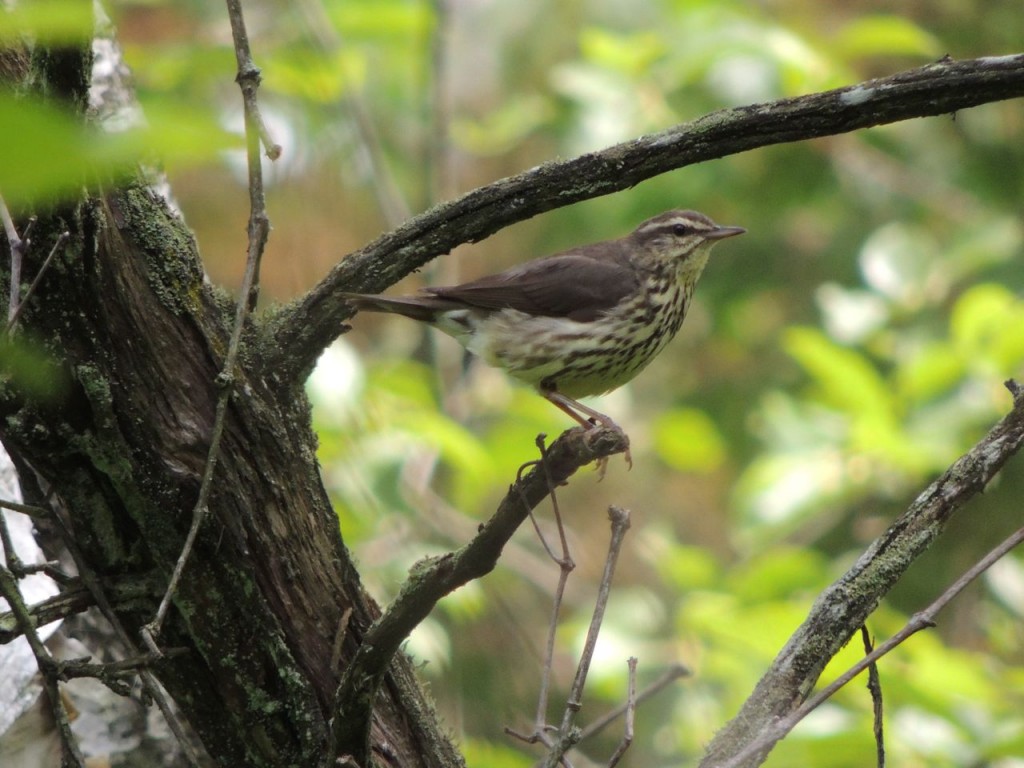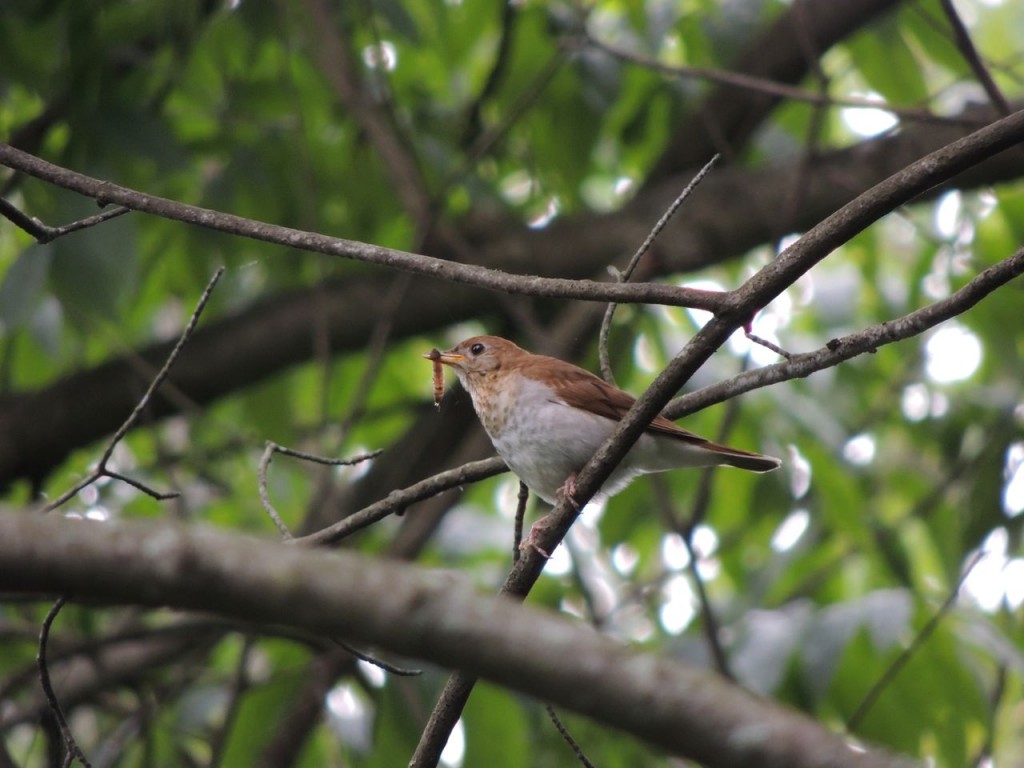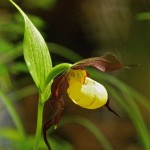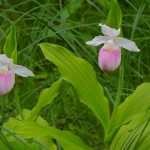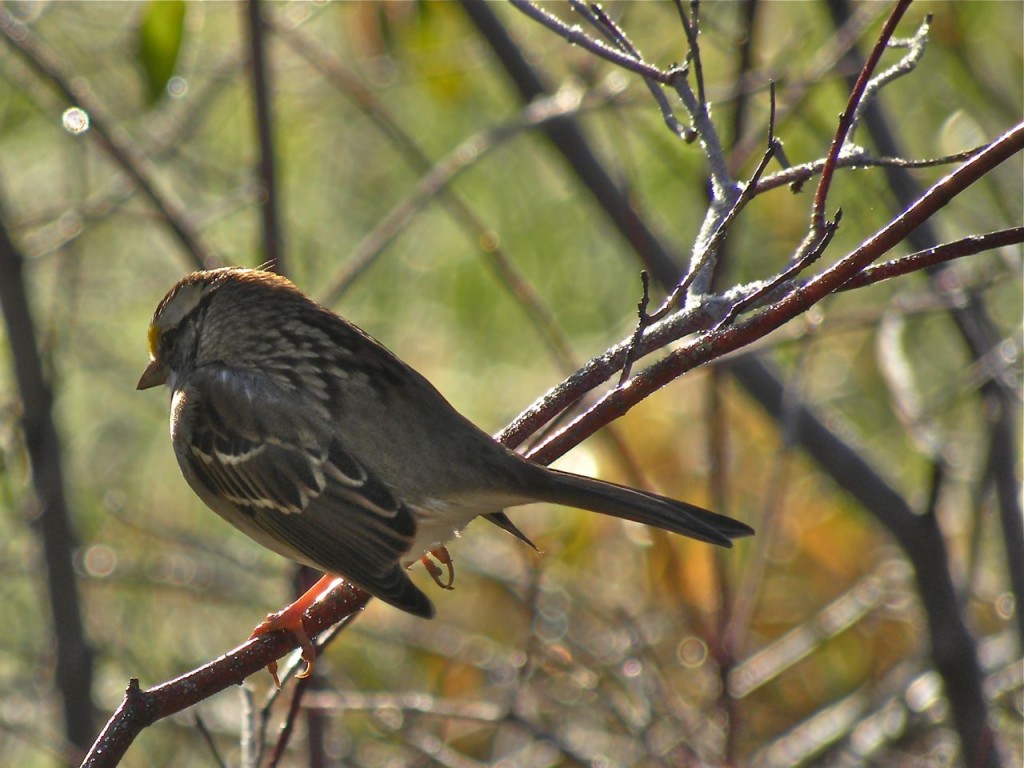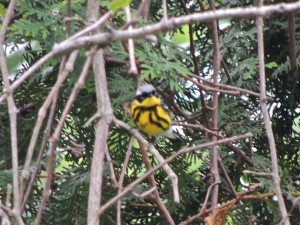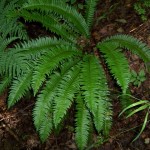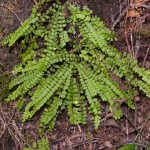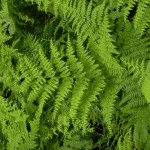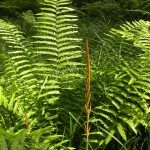9 July 2013. Cabot Head, ON. It’s not as though we really need a vacation but when we had the opportunity to be wardens of the facilities at the Bruce Peninsula Bird Observatory we took it. There’s no bird-banding going on at present, banding is a spring and fall activity, but the cottage building needs to be occupied and someone has to do it.
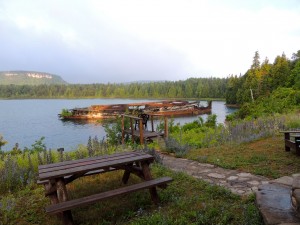 The setting is pretty, the rugged, broken limestone shore of Lake Huron on one side and expanses of forest backed by towering cliffs the other. There’s a large, almost totally enclosed bay, the basin, just outside the door where an ancient shipwreck lies decaying, it’s home to a small colony of Barn Swallows and a Beaver has piled its lodge of White Birch branches and other debris against a large rent in the ship’s bow.
The setting is pretty, the rugged, broken limestone shore of Lake Huron on one side and expanses of forest backed by towering cliffs the other. There’s a large, almost totally enclosed bay, the basin, just outside the door where an ancient shipwreck lies decaying, it’s home to a small colony of Barn Swallows and a Beaver has piled its lodge of White Birch branches and other debris against a large rent in the ship’s bow.
Lots of birds here. Today I walked the easy trails and found many familiar species from my May days banding here: Magnolia Warbler, Nashville Warbler, Gray Catbird and a Merlin among many others, I’m sure we recognized each other.
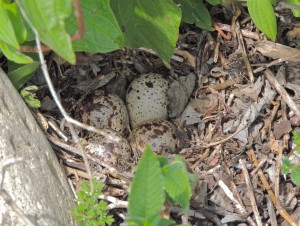 Finding my way along the rocky beach I almost stepped on a Spotted Sandpiper sitting tight on a brood of four eggs. She exploded from her nest, peeping wildly, then scampered away stumbling over the rounded rocks and pebbles in a distraction display feigning injury and helplessness. It’s been a long time since I’ve witnessed this classic distraction display, it’s characteristic of several families of birds including ducks, pheasants and plovers. The drama was enough to make the Spotted Sandpiper my Bird of the Day. I took a picture of the nest and eggs and tried to get one of the fleeing poor-pathetic-me mother, but she was moving too fast, much too fast for an injured bird, I had little success.
Finding my way along the rocky beach I almost stepped on a Spotted Sandpiper sitting tight on a brood of four eggs. She exploded from her nest, peeping wildly, then scampered away stumbling over the rounded rocks and pebbles in a distraction display feigning injury and helplessness. It’s been a long time since I’ve witnessed this classic distraction display, it’s characteristic of several families of birds including ducks, pheasants and plovers. The drama was enough to make the Spotted Sandpiper my Bird of the Day. I took a picture of the nest and eggs and tried to get one of the fleeing poor-pathetic-me mother, but she was moving too fast, much too fast for an injured bird, I had little success.
On an afternoon excursion we walked a trail out to a gushing waterfall, our route led us through a tranquil leaf-dappled forest where the only sounds other than our huffing, puffing and fly-swatting, were singing Red-eyed Vireos, Scarlet Tanagers, Ovenbirds and Wood Thrushes. We fell asleep that night to the distant sounds of a Whip-poor-will and with fireflies flashing brightly just outside our bedroom window; it could be worse.
